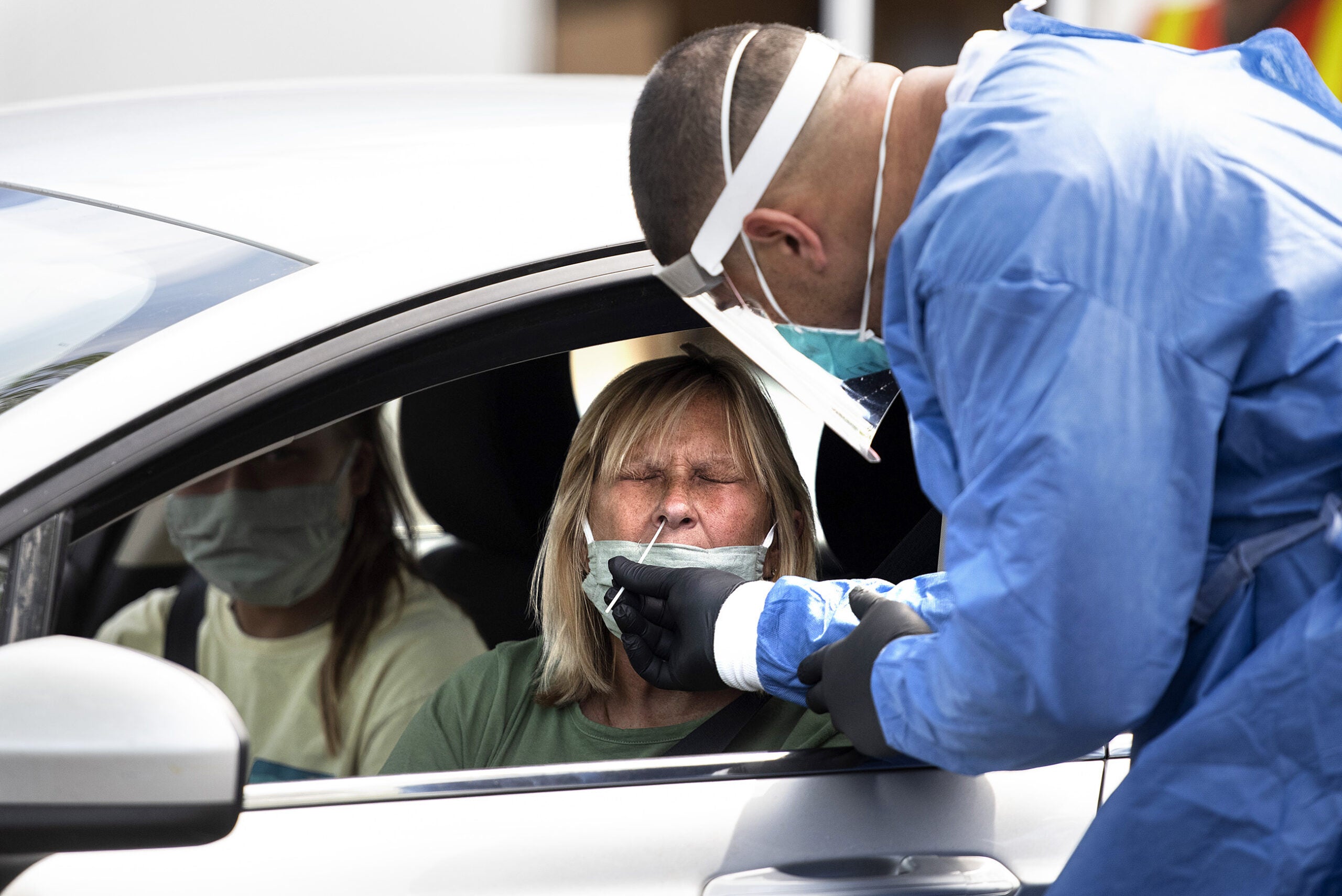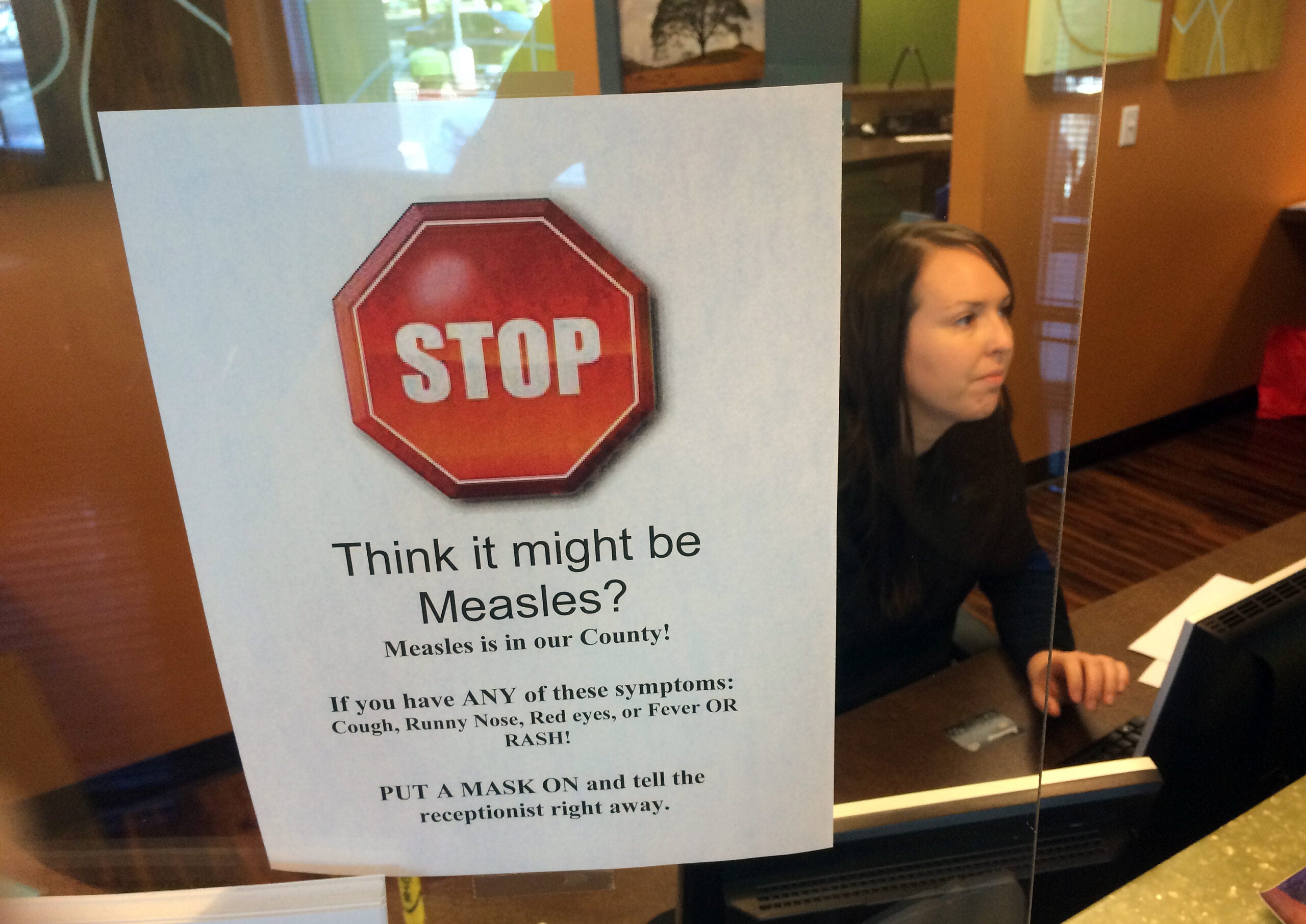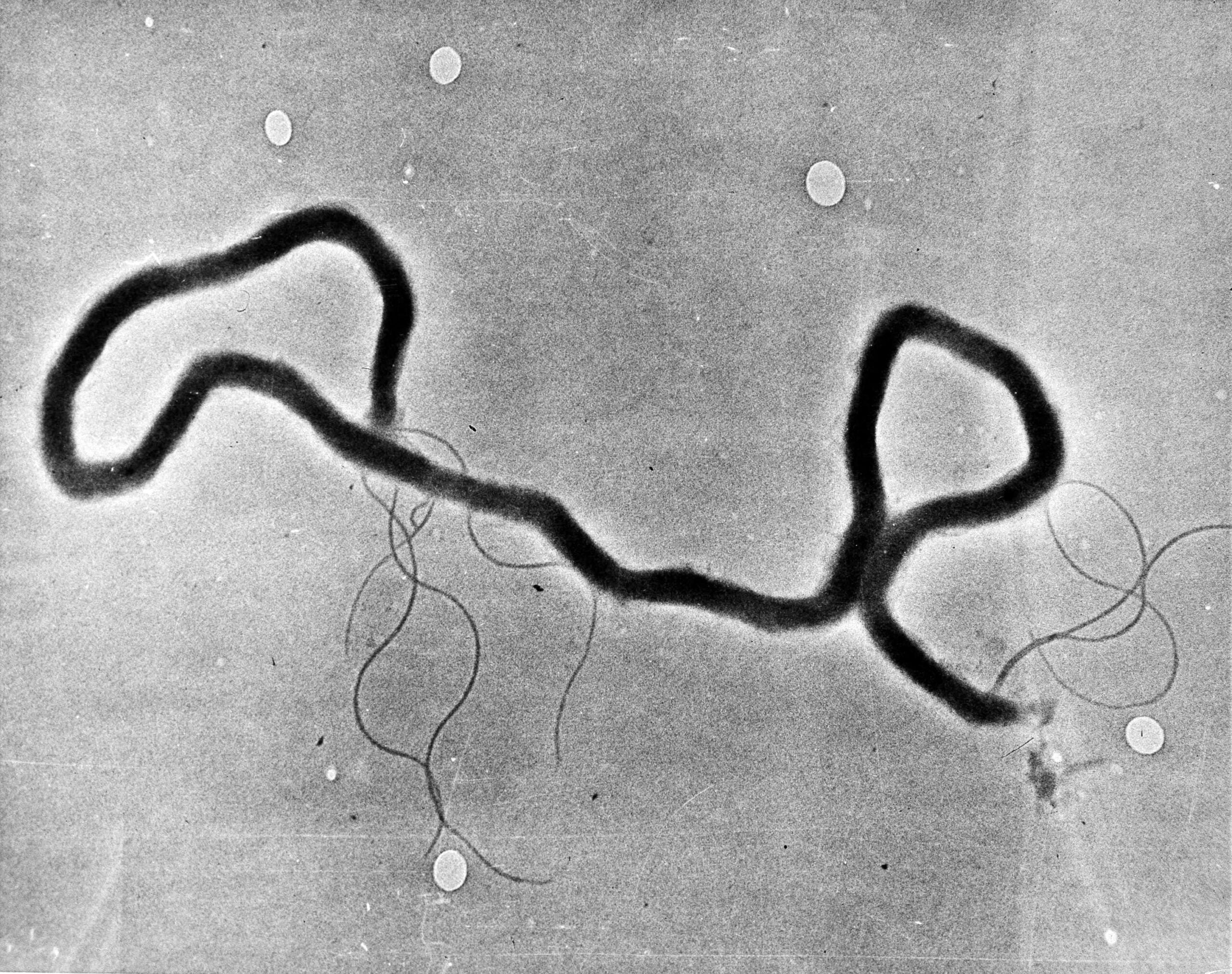New daily reported cases of COVID-19 remain hovering close to 700 per day on average in Wisconsin, although Monday’s new case totals were far lower than that, based on the latest figures from the state Department of Health Services.
DHS reported 266 new cases of the virus on Monday, bringing the average for the past seven days to 678 daily cases. It’s typical for the DHS to report fewer test results and lower numbers of new COVID-19 cases on Mondays.
The number of actual people with test results reported on Monday was 3,818, the lowest total reported in a day by the DHS since June 1.
News with a little more humanity
WPR’s “Wisconsin Today” newsletter keeps you connected to the state you love without feeling overwhelmed. No paywall. No agenda. No corporate filter.
A DHS spokesperson said the Wisconsin Electronic Disease Surveillance System, which local health departments use to report COVID-19 cases, was “down for a bit” on Sunday. She did not comment on how the outage may have impacted Monday’s case numbers, saying the data “can fluctuate for a number of reasons.”
Before case numbers were released on Monday, Public Health Madison and Dane County tweeted about the system outage and said case numbers would look “artificially low” on Monday. The department has not yet returned requests for comment.
The latest figures bring the overall total of positive cases in Wisconsin to 75,603, according to the DHS. A total of 1,122 people in Wisconsin have died from COVID-19, with no new deaths reported on Monday.
According to DHS, 7 percent of all test results reported on Monday were positive for COVID-19, bringing the overall percentage of positive tests over the past seven days to 8.2. The previous seven-day period’s test-positive rate was 8.1 percent.
The percentage of positive cases is often read by public health officials as a measure of overall testing levels. A high rate could indicate that testing in the state is limited, and skewed toward those already flagged as potentially having the virus. A lower rate could indicate testing is more widespread.
Changes in the test positivity rate can also speak to a virus’ spread, if the size and makeup of the testing pool stays consistent.
Wisconsin’s daily testing capacity — based on the availability of test supplies and adequate staffing — has grown from 120 available lab tests in early March to 26,591 as of Monday.
Overall, DHS has recorded a total of 1,248,457 people’s test results over the course of the pandemic. 1,172,854 have tested negative.
COVID-19 activity varies heavily from county to county. The latest coronavirus activity data from DHS, released once per week each Wednesday, showed that 65 counties had a “high level” of coronavirus activity. Activity level designations are based on “burden,” or the number of new cases per a county’s population over a 14-day period, as well as whether there’s an upward or downward trend in new cases.
On Aug. 26, counties with the highest case rates per capita included Iron, Sawyer, Oconto and Marintette. The counties with the most significant upward trends included Green Lake, Clark and Fond du Lac.
There have been confirmed cases in all 72 of Wisconsin’s counties. Based on the data from last Wednesday, all counties reported cases over the two-week period.
___________________________
DHS still has a dashboard showing Wisconsin’s progress on gating criteria under the now-defunct Badger Bounce Back Plan. Those gating criteria would have been used to determine when it would be safe to begin reopening the state, prior to the state Supreme Court ruling that ended a statewide stay-at-home order. The state has never met all six of the criteria at once.
Two of the criteria are a statistically significant 14-day downward trend in COVID-like cases reported in emergency departments, and a similar downward trend for influenza-like cases in emergency departments. On Monday, the state was reporting a downward trend in COVID-like cases but not in influenza like cases.
According to DHS, 5,817 people have been hospitalized because of the virus as of Monday. That means at least 7.7 percent of people who have tested positive for the new coronavirus in the state have been hospitalized. DHS officials said they don’t know the hospitalization history of 25,520 people, or 34 percent.
Wisconsin Public Radio, © Copyright 2026, Board of Regents of the University of Wisconsin System and Wisconsin Educational Communications Board.




